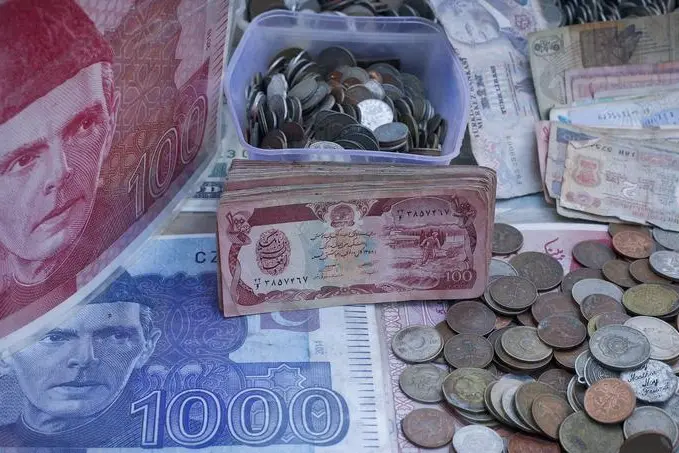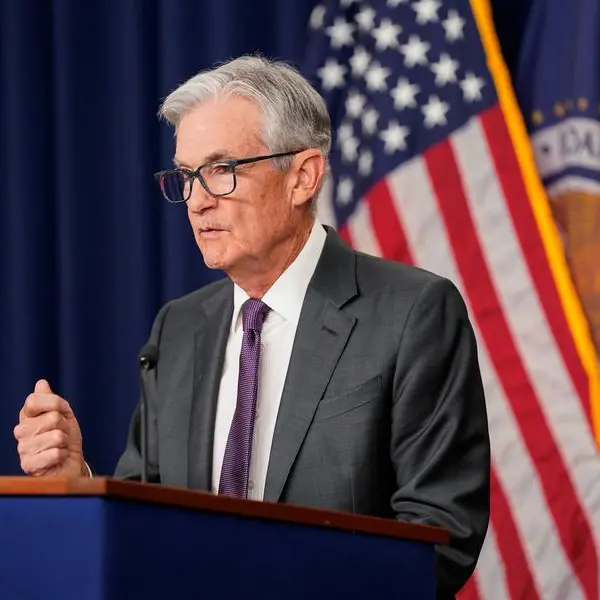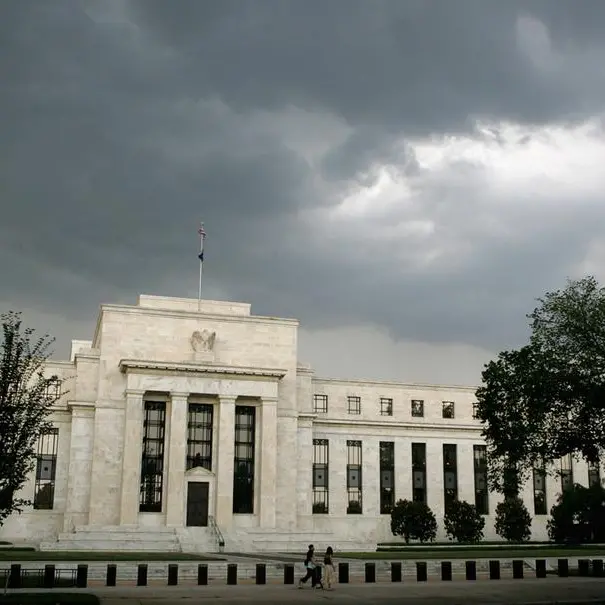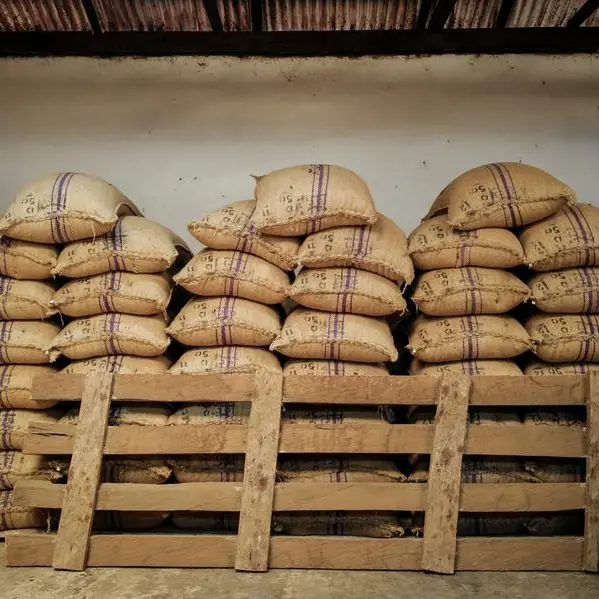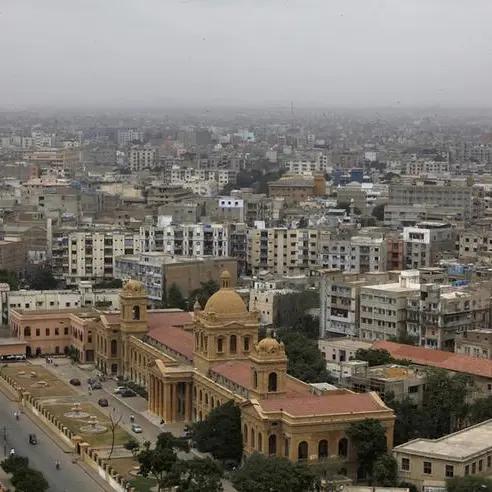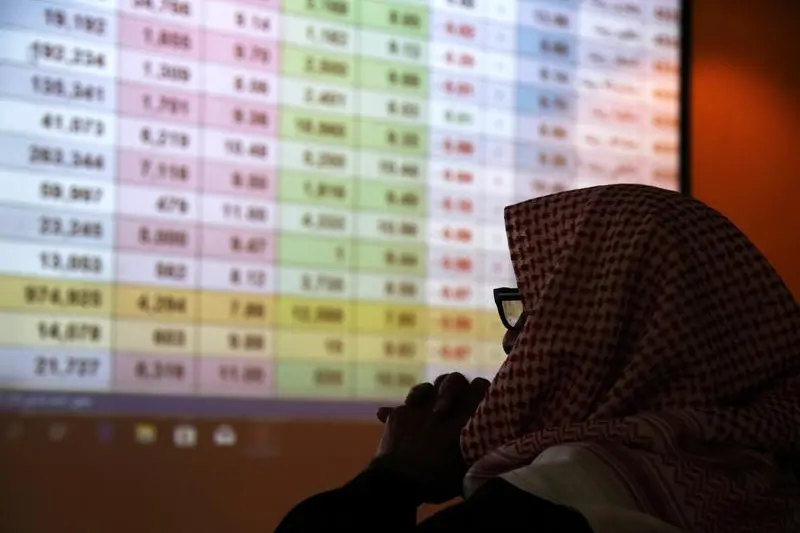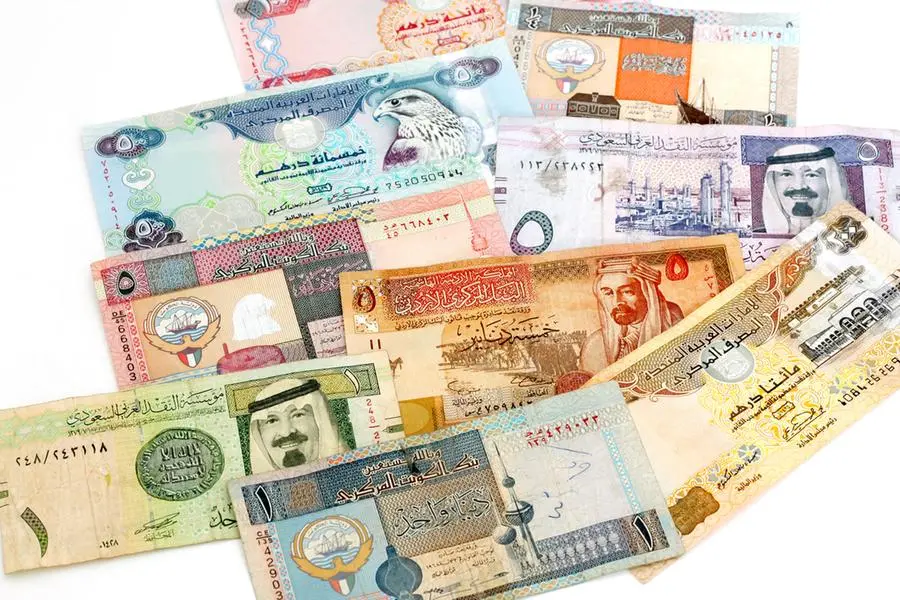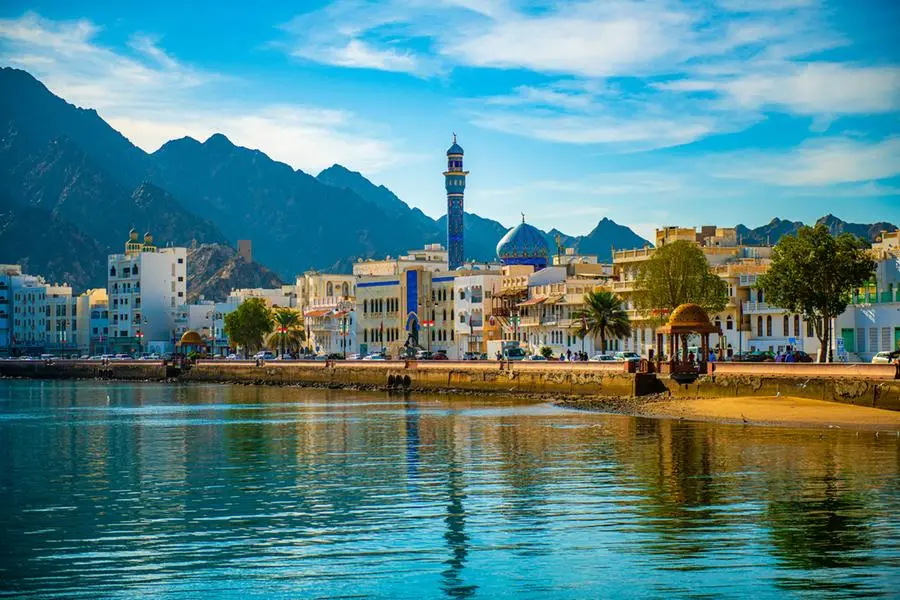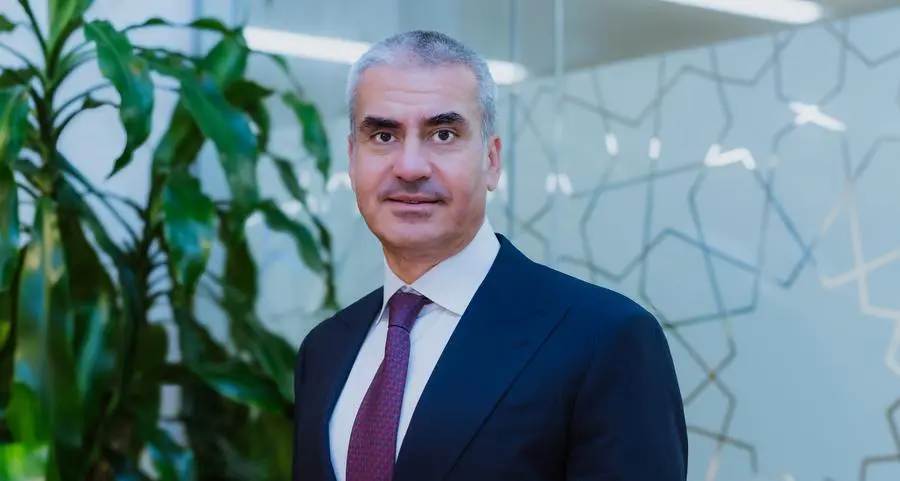PHOTO
Image used for illustrative purpose. Pictures of Pakistani currency bills lie with old coins and currency notes at a money changer booth along a road in Karachi.
Pakistan has already secured more IMF bailouts than any other country, and the fund's board is imminently expected to approve a US$7bn 37-month extended fund facility. This follows the release of a US$1.1bn tranche in April, which completed a US$3bn stand-by arrangement signed in July 2023.
The IMF bailouts have been a financial lifeline for the country, saving it from defaulting on its international debt (its last default was in 1999). However, experts say a vicious cycle of debt accumulation has been created, making the financial situation unsustainable without substantial reform.
During the last two decades, Pakistan – with a US$338bn economy and 236 million inhabitants, making it the world's fifth most populous country – has piled on vast debts and liabilities, which soared to almost Rs85trn (US$306bn) at the end of the 2023–24 fiscal year on June 30 2024, an 11% year-on-year increase, according to the State Bank of Pakistan. The debt and liabilities-to-GDP ratio was 80% at the end of June 2024, down from 91% the previous year, mostly due to high inflation. Consumer price inflation rose 9.6% year-on-year in August (down from a peak of 38% in May 2023). The country's benchmark interest rate stood at 19.5% in July 2024, up from 7.25% in September 2021.
In June 2024, Pakistan's public debt had soared to over 700% of gross government revenue, more than twice the average for sovereigns in S&P's CCC rating band, according to Macro Economic Insights, an Islamabad-based economic consultancy. External debt is high – amounting to 325% of the country's exports – and maturing external debt stands at an estimated 1.8 times the central bank's foreign exchange reserves.
The country's Fiscal Responsibility and Debt Limitation Act mandates a debt-to-GDP ceiling of 57%, far below the current figure. Experts say a sustainable ratio for a developing economy like Pakistan is around 50%. The sovereign's debt sustainability problems have become acute as it is unable to meet its contractual obligations on bilateral debt owed to China, Saudi Arabia and the UAE.
Pakistan's gross external financing requirement is estimated at around US$70bn–$75bn over the next three years, well beyond its capacity to repay without recourse to the IMF, according to Macro Economic Insights.
According to Fitch Ratings, in 2024, interest payments are absorbing 57% of the Pakistan’s government revenues, higher than Sri Lanka's 54% and Bangladesh's 32%. This severely limits the government's capacity to allocate funds for essential social needs such as education and healthcare.
"Pakistan is in the vortex of a full-blown sovereign debt crisis," said Sakib Sherani, founder and chief executive officer at Macro Economic Insights. "For the first time, Pakistan's sovereign debt overhang is manifested in both external as well as domestic debt. As a result, in combination with balance of payments stress since 2022, economic growth has stalled while inflation has accelerated to a historic high. Poverty is estimated by both the World Bank and the government to have increased sharply, while businesses as well as households are reported to be under increasing financial stress."
Furthermore, in dollar terms, Pakistan's external debt and liabilities climbed to US$130.5bn by the end of June 2024, an increase of US$4.4bn during the last fiscal year, according to the SBP. The rise was primarily due to fresh IMF lending and new cash deposits of US$3bn from Saudi Arabia and the UAE in July last year. The IMF debt grew 14.3% to Rs2.3trn by the end of June. External debt servicing decreased from US$20.8bn to US$16.9bn in the last fiscal year. There was a reduction of almost US$5bn in principal payments but interest costs increased US$1.1bn to US$5.5bn.
To meet its financing needs, the government has resorted to borrowing extensively from domestic and foreign sources, raising concerns about the banking sector's high-risk exposure to the state. Over 80% of bank lending is directed towards the government, crowding out the private sector, according to the IMF.
At the start of September, Pakistan's finance minister, Muhammad Aurangzeb, doubled down on his commitment to impose new taxes on the retail sector despite facing strike threats from traders. These taxes are part of Pakistan's efforts to meet ambitious revenue targets, which are necessary to secure the IMF's latest US$7bn package.
In September, Prime Minister Shehbaz Sharif – who assumed office on March 4 – said he was confident the government was on track to fulfil the IMF's conditions, expressing the hope that this loan would be Pakistan’s last from the fund. However, local media reported that delays in the approval process were owing to a lack of additional financing and unpaid energy sector subsidies announced by Punjab province and the federal government.
The IMF remains particularly concerned about Pakistan's unresolved power sector debt, which contributed to the end of the previous US$3bn bailout in April 2024. The IMF-mandated reforms have led to higher electricity tariffs – which have hit the poor and middle class the hardest – prompting reduced household energy consumption for the first time in 16 years. Electricity prices increased by 155% between 2021 and 2024.
However, the economy has been showing some slight signs of improvement. The IMF estimated 2% growth during the fiscal year ending June 2024, following a 0.2% contraction year-on-year during the previous fiscal year.
The fiscal position has strengthened, with a primary surplus of 1.8% of GDP achieved in the first half of fiscal year 2023–24, well ahead of projections, putting Pakistan on track to meet a target primary surplus of 0.4% of GDP by the end of June 2024. Gross reserves also increased to US$8bn, up from US$4.5bn at the start of the IMF's programme in July 2023.
At the end of July, Fitch upgraded Pakistan's long-term foreign currency issuer default rating to CCC+ from CCC, reflecting the country's greater certainty over the continued availability of external funding. At the end of August, Moody’s also upgraded Pakistan from Caa3 to Caa2, indicating a slight reduction in perceived credit risk.
"Pakistan is still in a very risky place and, even though we upgraded the rating recently, it's still for us the rating of CCC+, indicating that default is a real possibility," said Krisjanis Krustins, director of sovereigns at Fitch. "Government debt to GDP is very high and the interest payments as a share of revenue are also high. However, the trajectory is fairly stable because, while there are high interest payments on domestic debt, there is also very high inflation. These two forces balance each other out, keeping the overall level reasonably stable. But, yes, Pakistan faces a constant challenge in terms of external finances, particularly with refinancing its maturities and meeting its new financing needs."
In June, the government put forward a US$68bn budget, which included several tax-raising measures. It said only 5.2 million people filed income tax returns in 2022, as most of the population works in the informal sector. During the 2024–25 fiscal year, which started on July 1, the government aims to raise almost $46bn in taxes, a 40% increase over the previous year. To boost tax collection, it plans to block mobile phone SIM cards and restrict non-filers from travelling abroad.
"There are no sacred cows, everyone has to pay their taxes," Muhammad Aurangzeb said at the time.
Rates criticism
Ashfaque Hasan Khan, principal and professor at the National University of Sciences and Technology and a former director general of Pakistan's debt office, is critical of the IMF for forcing the government to maintain high interest rates.
"Wherever you see inflation, the IMF should first find out the root causes," he said. "And only then prescribe the medicine. Just raising interest rates is like an aspirin approach to monetary policy. The blanket use of keeping interest rates high is not a good instrument for developing countries.
"That has created a problem because empirical evidence in the case of Pakistan suggests that whenever the central bank increased the discount rate or policy rate, it increased inflation. One percent increase in the policy rate increases inflation by 1.3%."
Khan has several suggestions for how the IMF and the government can improve macroeconomic policy. "For the IMF, go easy on Pakistan," he said. "Pakistanis are under tremendous pain and suffering. Firstly, the IMF should allow our central bank to reduce interest rates. Secondly, the IMF should not force a currency devaluation. There is little or no well-developed forex market in developing countries, including Pakistan. Thirdly, the IMF should not rely exclusively on raising utility prices. This area needs reform, and simply raising utility prices is not reform.
"For Pakistani authorities, my suggestions are the following. Firstly, the government and the central bank must reduce interest rates. Secondly, the government should refrain from fiscal profligacy. Thirdly, the government must bring changes to the present National Finance Commission Award. Fourthly, it must reduce the prices of utilities and improve the competitiveness of Pakistan's industry. Fifthly, the government must continue to pursue a selective, yet aggressive, import compression policy. In other words, the government must discourage the import of non-essential and luxury items."
The National Finance Commission Award is a constitutional mechanism designed to ensure the distribution of financial resources between the federal government and the provinces.
During the current fiscal year, Pakistan will rely heavily on debt rollovers from bilateral lenders like China, Saudi Arabia and the UAE. SBP's governor Jameel Ahmad says that out of the US$26.4bn of debt maturing in fiscal year 2024–25, the country would like to roll over US$16.4bn.
"We'd say that there is a big maturity wall, but it's a bit smaller and a bit more manageable than the headline numbers would suggest," said Krustins. "So, for example, if you look at just the coming fiscal year, the external public debt maturities are around US$22bn. But US$13bn of this is loans and deposits from China and the Gulf states that are just regularly rolled over. And we would expect this to continue to be rolled over as a matter of course.
"So, the more problematic or the more difficult part is around US$9bn, which is still a lot, especially if you take into account large existing exposures to Pakistan, and on top of that you have a bit of a current account deficit. But maybe it's not as outsized as the headline numbers would suggest. That's a big number, but it's not inconceivable to manage that. But if you had to add to that a mid-single-digit billion or double-digit current account deficit, then that becomes an entirely different problem."
Political instability
Moreover, Pakistan’s ongoing economic crisis is compounded by deep political instability. The February 2024 elections – marred by allegations of fraud – have only deepened divisions within the country. The exclusion of the Pakistan Tehreek-e-Insaf (PTI) from the elections led to widespread unrest, further eroding the legitimacy of the ruling coalition led by the Pakistan Muslim League-Nawaz (PML-N). Prime Minister Shehbaz Sharif’s government has struggled to implement necessary reforms amid the chaos.
Imran Khan, the former prime minister and leader of the PTI party, has been imprisoned since August 2023, following his conviction in a corruption case related to the sale of state gifts, known as the 'Toshakhana' case. His imprisonment has intensified the already volatile political landscape in Pakistan, raising concerns about the future of democracy in the country.
Furthermore, the military has historically played an outsized role in the country's politics, regularly interfering in administration and shaping key decisions, often at the expense of civilian leadership.
"The country faces an unsettled political as well as internal security situation, especially in the wake of the highly controversial and tainted elections in February 2024," said Sherani. "The government is aiming to increase tax revenue by over 40% in fiscal year 2024–25 under the strictures of the staff-agreed IMF programme. However, much of this revenue is expected from existing taxpayers, with traditional political constituents such as agriculturists and retailers evading serious measures yet again to coopt them into the tax base."
Moreover, the political and economic turmoil has had dire consequences for the Pakistani people. The country faces a growing poverty challenge – the World Bank estimates that the poverty rate stood at 37.2% of the population in April 2023 (people earning less than US$3.65 per day at 2017 purchasing power parity). A declining labour market, lower remittances, rising prices and natural disasters have contributed to the rise in poverty.
With two-thirds of the population aged under 30, the government is under significant pressure to achieve economic stability and create job opportunities. However, with youth unemployment at 11%, the combination of economic issues and political instability creates a volatile situation. The risk of a crisis similar to those experienced by Sri Lanka and Bangladesh remains high.
Furthermore, experts say that corruption, political instability, weak institutions and a lack of accountability have hampered the country's economic progress.
"Pakistan has been governed poorly for much of its existence by an extractive ruling elite which has received ample support from international backers, including major countries in the West," said Sherani. Pakistan is ranked 133rd out of 180 countries, according to Transparency International's 2023 Corruption Perceptions Index.
"As a rating agency, we just focus on the ability and willingness of the government to repay its debt obligations," said Krustins. "I suppose the core focus of the IMF when it engages in the country is the stability of public and external finances, of macroeconomic indicators. The IMF engages with all sorts of political arrangements and governance structures. And even the governance aspects that it does include in its programmes, it finds a very difficult thing to really push.
"A related example would be Egypt, where for years the IMF has preached the virtues of a more balanced approach between the military and the private sector, reducing the role of the military in the economy to foster greater development. It has not been very successful in pursuing this.
"Pakistan's targets for tax burden as a proportion of GDP are ambitious. In our forecast, we only assume partial implementation. On the face of it, the government has the projections that it has for increasing tax, which are aligned with the IMF. It does have a breakdown and it knows where everything comes from. But to just achieve these gains, there is a real implementation challenge."
In April, the World Bank noted that the new government faced a challenging macroeconomic environment while working towards stabilisation and critical structural reforms. To manage the risks, it recommended the government ensure sound economic management and carefully control fiscal spending.
In May, the government asked China if it would agree to restructure US$15bn in energy debt. China has set up 21 energy projects in Pakistan at a total cost of US$21bn, including around US$5bn in equity. The loans for these projects were obtained by Chinese investors at an interest rate of Libor plus 4.5%, which Pakistan is responsible for paying. Pakistan's proposal would involve extending debt repayments from 10 to 15 years. This would reduce the outflow of foreign currency by US$550m–$750m a year.
As Sherani says: "It appears that without a more serious effort at a credible debt restructuring or reprofiling involving all external creditors, Pakistan will remain in the woods with regards to its external account in the medium term."
To see the digital version of this report, please click here
To purchase printed copies or a PDF of this report, please email shahid.hamid@lseg.com in Asia Pacific & Middle East and leonie.welss@lseg.com for Europe & Americas.
Click here for MF/World Bank Special Report 2024
Source: IFR
